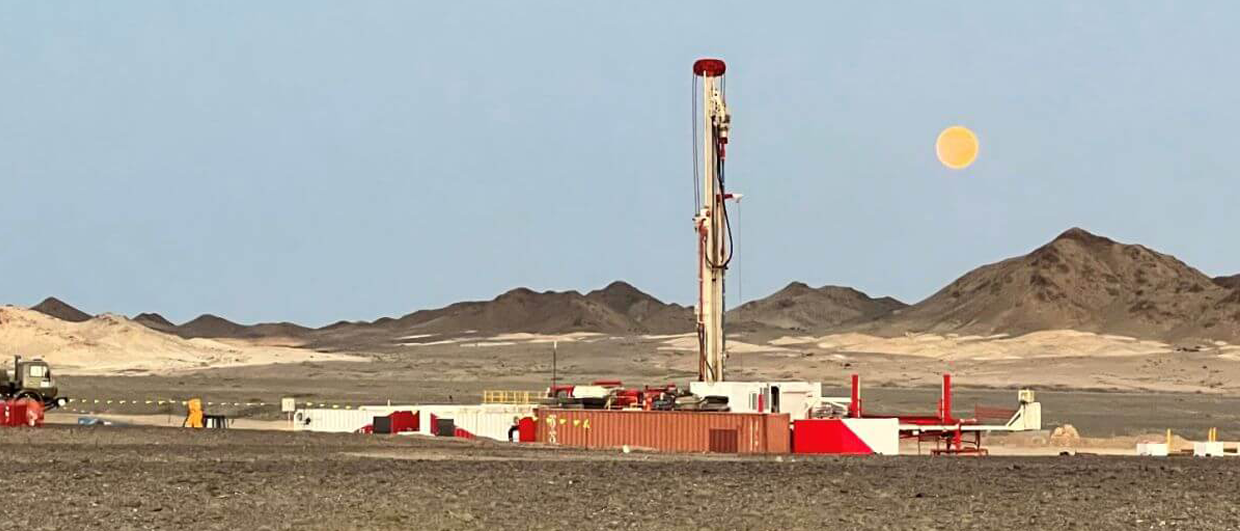“We knew there was coal because of the mine,” said Greg Channon from Elixir during a presentation at the Seapex Conference in Singapore in February 2023. He was talking about the Tavan Tolgoi thermogenic coal mine, the largest in the world of its kind, situated in the South Gobi region of Mongolia, not far from China.
Because of the known presence of coal, Elixir decided to investigate the potential of producing gas from the coal seams. Producing coalbed methane was new to Mongolia, but not for Australia where the Elixir team is based. By 2019, almost 19,000 PJ of energy was produced by coalbed methane in Australia, especially in Queensland.
The company drilled a series of 40 wells over the course of three years in their large Production Sharing Contract (PSC) called Nomgon, which is the size of Belgium. Even though seismic lines were mostly unavailable, surface mapping helped delineate prospective areas because the topography indicated where the basins are.
Even though the first four wells were no success, the fifth was, and Nomgon-1 found near 100% saturated gas coal seams. The thickness of the coals is frankly mindboggling – at a depth of around 450 m, one coal seam can be up to 50 m. Given the fact that these coals must have compacted a lot since they were swamps in Permian and Carboniferous times, the initial thickness of the organic section must have been hundreds of meters.
The company carried out a production test over the course of 2022 and 2023, focusing on two of the wells from the initial drilling campaign. Before the gas is released by the coal, dewatering needed to take place to reduce the pressure in the seam, but subsequent gas production rates of between 200,000 standard cubic feet per day (scfpd) was reached for Nomgom-8 and 150,000 scfpd for Nomgom-9.
Comparing this to production rates from coal seam gas wells in Queensland, at first glance it seems that the volumes are on the low side for the Mongolia wells, even though the coal seams are thicker. This could be explained by permeabilities being more variable in Mongolia, as Elixir write on their website. Another explanation may be that the coals have a more limited spatial extent, possibly due to the observation that deposition took place in transtensional basins.
Based on the production results, the Nomgom PSC is now estimated to contain a risked prospective resource of around 14.6 Tcf (best case). Given the location of the area to China, and the fact that China is already importing coal from the same region in Mongolia, it might be that the results obtained by Elixir trigger interest from their neighbours. If not, the local authorities might be, as there is the potential opportunity to generate electricity using gas rather than coal.

